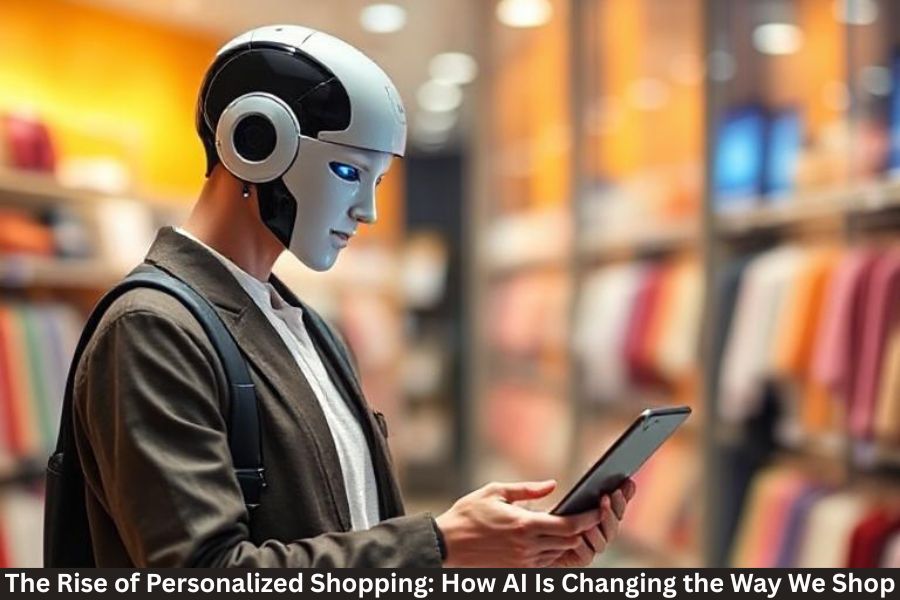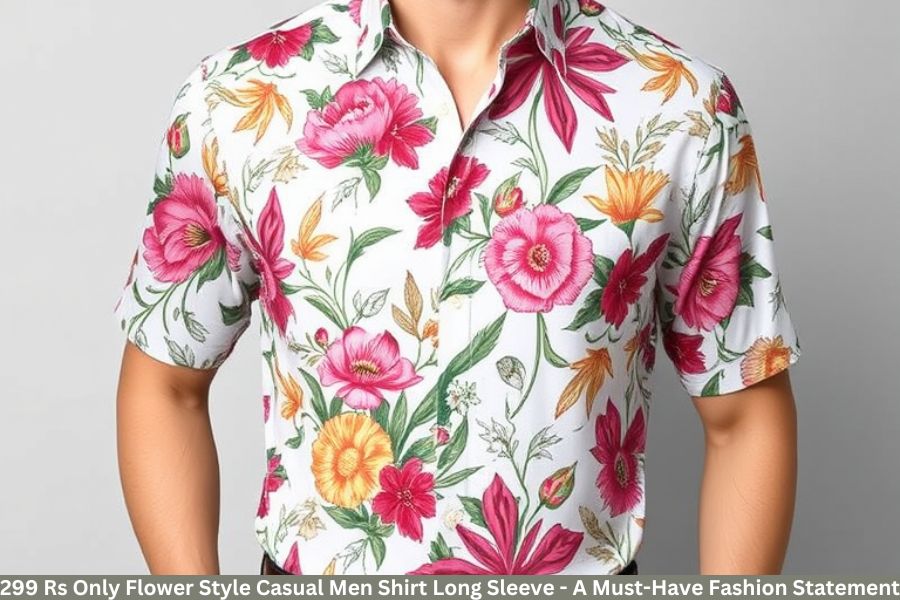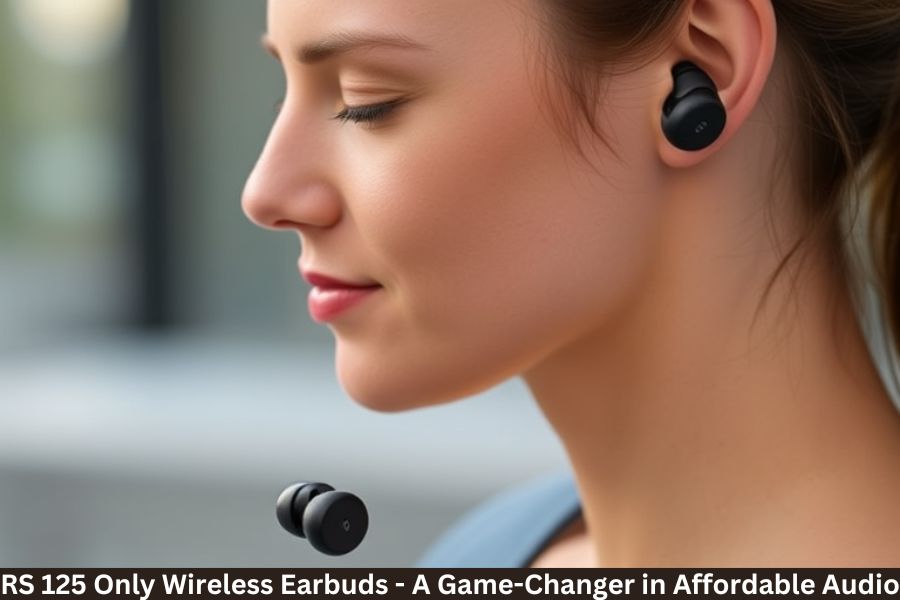Remember when online shopping was like walking into a giant, no-sign warehouse? The AI changed the landscape. Nowadays, it feels like your homepage, search results,or even in-store interactions are customized by a good shopkeeper who knows your size, your style, and will figure out what you might need next week.
What Is Personalized Shopping?
Personalized shopping uses data to mold a customer’s journey-the products you see, the sales you are being offered, and when you get nudged to buy something. It is not intended to sound creepy; it is meant to be helpful.
The Data Signals Behind It
You can consider signals to be anything, from actions such as browsing or purchases, to time-of-day or device type; to location range or even context (is it raining or is it festival season?). When done correctly, this raw data transforms into helpful suggestions rather than annoying advertisements.
The AI Techniques that Make It Work
Recommendation systems (collaborative filtering, content-based models), ranking algorithms, natural language processing for intelligent search, and predictive models for churn/next best action. Increasingly, generative AI is writing copy, assembling bundles, and even doing mock-ups for looks.
Why Personalization Matters for Shoppers
Convenience & Discovery
Finally, no endless scrolling. The AI sifts through thousands of choices to find a handful of things relevant to you—likely lot of brand-new brands or styles you would probably never have stumbled onto on your own.
Relevance Without Overwhelm
Fine-tuned systems take into account your preferences: sizes, budgets, color preferences, dietary stipulations. Outcomes are fewer returns and more posts: “wow, that fits me.”
Why Personalization Matters for Retailers
Smarter Merchandising & Inventory
AI can spot micro-trends to foretell demand by region or segment and optimize for placing the right stock in the right channel, reducing globe stock-outs and dead inventories.
Higher Conversion and Loyalty
Relevant recommendations, reminders, and differentiated incentives raise click-through rates and average order values. When shoppers feel understood, they stay.
Where You Will See It
Web & Apps
Dynamic homepages, “Complete the look” carousels, personalized categories, AI-assisted search to understand one’s intent on “black dress for winter wedding under $120.”
Email, SMS & Push
The message moves from an ignited single to bespoke-restock alerts in your size, price-drop pings of your saved items, and reminders that are tied to your browsing trail (rather than those random spam).
In-Store & Omnichannel
QR codes, clienteling apps, and kiosks help sync your online preferences with store inventory. Finally, Buy Online Pick Up In Store (BOPIS) is truly seamless when recommendations follow you across channels.
Responsible AI: Privacy, Consent, and Control
Transparent Choices
Get a clear opt-in, Preference Center, and easy toggles to pause tracking.
Fairness & Bias Checks
Retailers should run audits on the model to check for biases (like showing certain styles or sizes only to some groups). Ethical personalization includes everyone, rather than excludes anyone.
How Small Businesses Can Get Started (Fast)
Quick Wins
On-Site Recommendations
“Related products,” “bought together,” and “recently viewed” modules should be added. Plug-and-play tools are a good start, and then refine with your own business rules (margin, stock-levels).
Search & Merchandising
Get AI search that supports typos, synonyms, and attributes (“vegan leather tote”). Implement boost/bury rules to make sure best sellers and new drops are intelligently prioritized.
Segmented Campaigns
Create customer groups based on behaviors (first-time, repeat, lapsed), then customize offers for each group. For instance: Welcome series; replenishment reminder; or VIP preview.
Pro Tip: Blend algorithms with manual curation. A quick curator’s note or stylist’s tip can significantly boost shopper confidence and conversions.
What’s Next
Generative AI Stylists
Chat-style assistants will inquire about your event, climate, and budget to construct an outfit or cart of alternatives with size suggestions and care instructions.
Voice and Multimodal Shopping
Very soon, you will say, “Find sneakers like these,” and show a photo.
Conclusion
Personalized shopping isn’t about flashy tech-it corks down friction and corks in delight. The beauty of AI is that it intakes so many signals, learns your tastes, and then does the heavy lifting quietly in the background while you get the fit product at the right time for you. For shoppers, that is confidence; for retailers, that is sustainable growth. The future of retail will never again be one-size-fits-all: It’ll be “just-for-you” by default.
FAQs
Q1. Are AI-personalization and Return Ads the Same?
No. Retargeting chases you through different websites. On the contrary, personalization enhances your on-site and cross-channel experience with useful recommendations and timing.
Q2. How do brands avoid being creepy?
Asking for permission, showing controls, only using necessary data, and focusing on value rather than surveillance (fit, savings, discovery).
Q3. Does personalization help reduce returns?
Yes – better fit guidance, size prediction, and context-aware recs make smarter purchases and fewer returns of the “didn’t match expectations” kind.
Q4. What if I’m a privacy-first shopper?
Offer a preference center, ask them to opt out of tracking, and allow them to browse in private mode-but they will still benefit from basic relevance from on-device, or session-level personalization.
Q5. Which AI tools should small shops try first?
Recommendation widgets, AI search, and email/SMS segmentation would be the obvious ones to start with. Lighter-weight chatbot or stylist would be good once the foundations have been nailed.




